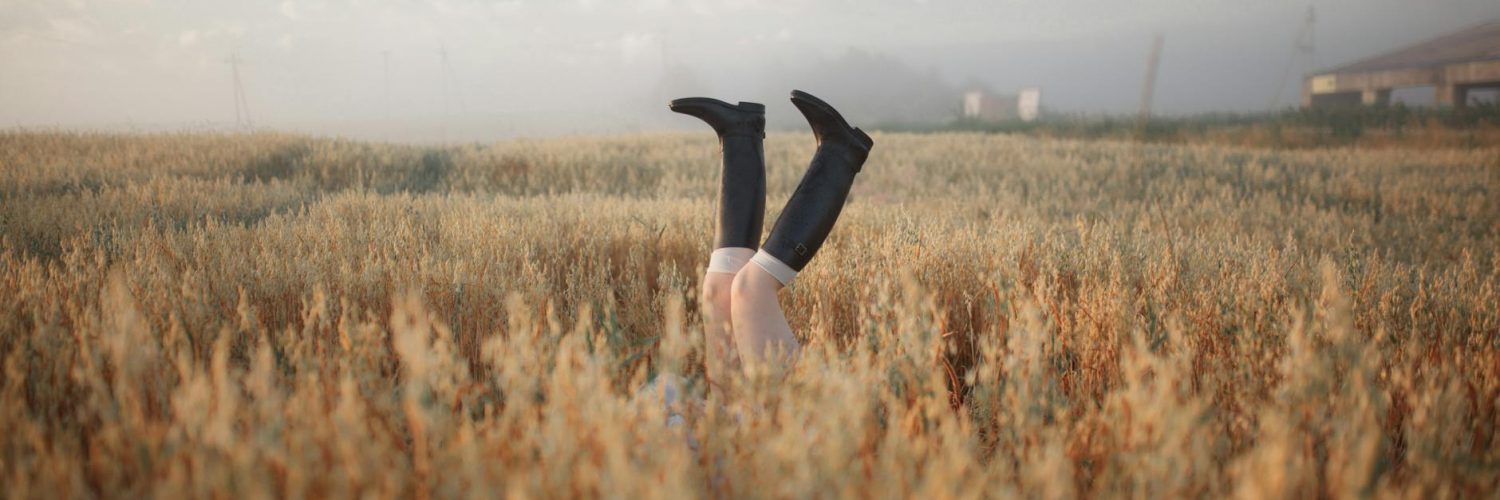Wir denken, wir kennen die Natur. Wir haben die Dokumentarfilme gesehen, die Lehrbücher gelesen, vielleicht sogar ein Wochenende beim Camping verbracht. Aber die Wahrheit ist, dass die Natur ein ständig überraschender, unendlich erfinderischer Ort ist, voller Macken und Widersprüche, die selbst den wildesten Science-Fiction-Autor neidisch machen würden. Machen Sie sich darauf gefasst, dass Ihre vorgefassten Meinungen über Pflanzen, Tiere und Ökosysteme völlig über den Haufen geworfen werden!
Pflanzen: Mehr als das Auge (oder die Wurzel) sehen kann
Beginnen wir mit Pflanzen. Wir stellen sie uns oft als passive, unbewegliche Wesen vor, die das Sonnenlicht aufsaugen und in aller Ruhe wachsen. Falsch! Viele Pflanzen sind erstaunlich aggressiv und manipulativ. Nehmen wir die Gattung *Cuscuta*, die gemeinhin als Dodder bekannt ist. Diese parasitische Rebe ist im Grunde ein Pflanzenvampir. Ihr fehlt das Chlorophyll, und statt Photosynthese zu betreiben, klammert sie sich an andere Pflanzen, durchbohrt deren Stängel mit spezialisierten Saugnäpfen und entzieht ihnen die lebenswichtigen Nährstoffe. Kein Sonnenlicht erforderlich! Sie erkennt sogar den Duft ihrer bevorzugten Wirtspflanzen und sucht sie aktiv auf. Wir sprechen hier von einer Pflanze mit einer ernsthaften Einstellung!
Und dann sind da noch die fleischfressenden Pflanzen. Wir haben alle schon von Venusfliegenfallen gehört, aber die Vielfalt und Raffinesse der fleischfressenden Strategien ist erstaunlich. Kannenpflanzen zum Beispiel locken mit verführerischen Düften und glatten Oberflächen ahnungslose Insekten in ihr Verderben, indem sie ihre Blätter in tödliche Fallen verwandeln. Einige gehen sogar symbiotische Beziehungen mit Bakterien ein, um ihre Beute zu verdauen! Es ist nicht nur ein einfaches "Fangen und Fressen"; es ist ein komplexes ökologisches Netz innerhalb einer einzigen Pflanze.
Tiere: Alle "Regeln" brechen
Tiere sind nicht weniger überraschend. Wir kategorisieren sie oft anhand ihrer Ernährungsweise - Pflanzenfresser, Fleischfresser, Allesfresser. Aber die Grauzonen sind groß. Nehmen wir den Aye-Aye, einen Lemur aus Madagaskar. Dieser nachtaktive Primat klopft mit seinem unglaublich langen, knochigen Mittelfinger auf die Baumrinde und lauscht auf das verräterische Geräusch von Insektenlarven, die unter der Oberfläche verborgen sind. Dann kaut er ein Loch in das Holz und benutzt denselben Finger, um seine Mahlzeit herauszuholen. Im Grunde ist er ein winziger, pelziger Specht mit einem bizarren Spezialwerkzeug. Das ist nicht nur einzigartig, sondern lässt sich auch nicht so einfach kategorisieren.
Und was ist mit Tieren, die sich unserem Verständnis von Fortpflanzung völlig entziehen? Nehmen wir den Hammerkopfwurm. Diese Plattwürmer sind zur ungeschlechtlichen Fortpflanzung durch Fragmentierung fähig! Wenn man einen Hammerkopfwurm in zwei Teile schneidet, erhält man nicht zwei halbtote Würmer, sondern zwei vollständige, voll funktionsfähige Würmer. Es ist, als hätte man einen endlosen Vorrat von sich selbst, was sowohl erschreckend als auch faszinierend ist! Was sind die Vorteile des Baumpflanzens?
Ökosysteme: Die unerwarteten Zusammenhänge
Die Vernetzung von Ökosystemen wird oft angepriesen, doch die konkreten Beispiele sind oft verblüffend. Man denke nur an die wichtige Rolle der Mistkäfer in der Savanne. Diese bescheidenen Lebewesen räumen nicht nur hinter Pflanzenfressern auf, sondern spielen eine entscheidende Rolle im Nährstoffkreislauf, bei der Verbreitung von Samen und sogar bei der Kontrolle von Parasitenpopulationen. Ohne sie würde das gesamte Ökosystem aus den Fugen geraten - ein eindrucksvoller Beweis für die Bedeutung selbst der kleinsten Akteure.
Der Amazonas-Regenwald ist ein weiteres Paradebeispiel für überraschende Verflechtungen. Er ist nicht nur ein riesiger Hort der Artenvielfalt, sondern auch eine komplexe Wettermaschine. Die Evapotranspiration des Regenwaldes (Wasser, das von den Pflanzen in die Atmosphäre abgegeben wird) beeinflusst die Wettermuster in ganz Südamerika und sogar darüber hinaus und wirkt sich auf die Niederschläge in weit entfernten Regionen aus. Die Entwaldung ist also nicht nur ein lokales Problem, sondern hat globale Auswirkungen weit über das unmittelbare Gebiet hinaus.
Annahmen in Frage stellen
Dies sind nur einige Beispiele für die unerwarteten Wendungen der Natur. Sie stellen unsere Annahmen darüber in Frage, wozu Pflanzen und Tiere fähig sind, wie Ökosysteme funktionieren und welche verschlungenen Verbindungen zwischen allen Lebewesen bestehen. Sie erinnern uns daran, dass die natürliche Welt unendlich viel komplexer und faszinierender ist, als wir ihr oft zugestehen. Je mehr wir lernen, desto mehr wird uns bewusst, wie viel wir noch nicht verstehen.
Wenn Sie also das nächste Mal in der Natur unterwegs sind, nehmen Sie sich einen Moment Zeit, um das Unerwartete zu schätzen. Schauen Sie genau hin; Sie werden vielleicht überrascht sein, was Sie entdecken. Die Welt ist voller Wunder, die darauf warten, enthüllt zu werden, unsere Wahrnehmung herauszufordern und unser Verständnis für das unglaubliche Gewebe des Lebens auf der Erde zu erweitern.
























Kommentar hinzufügen